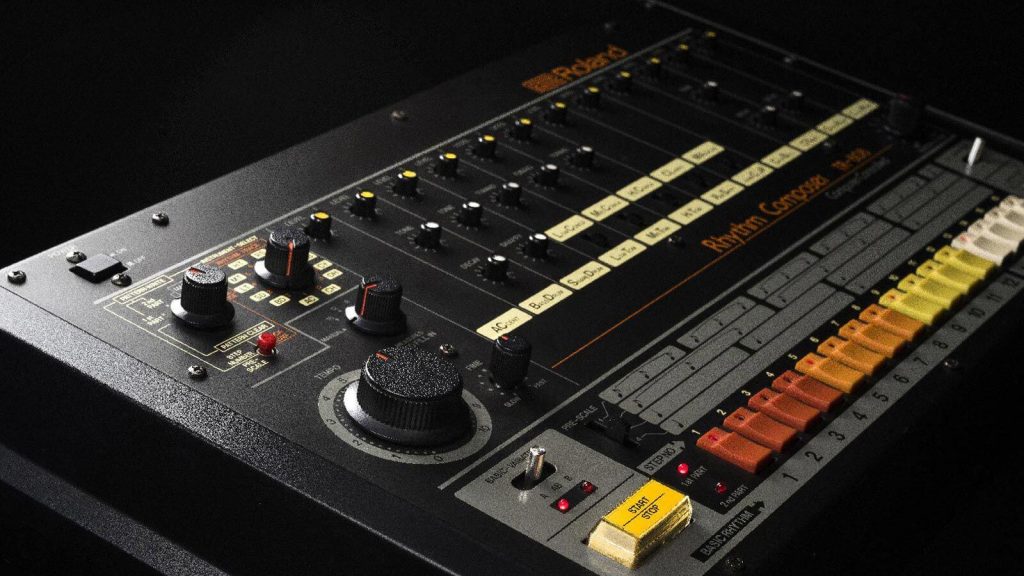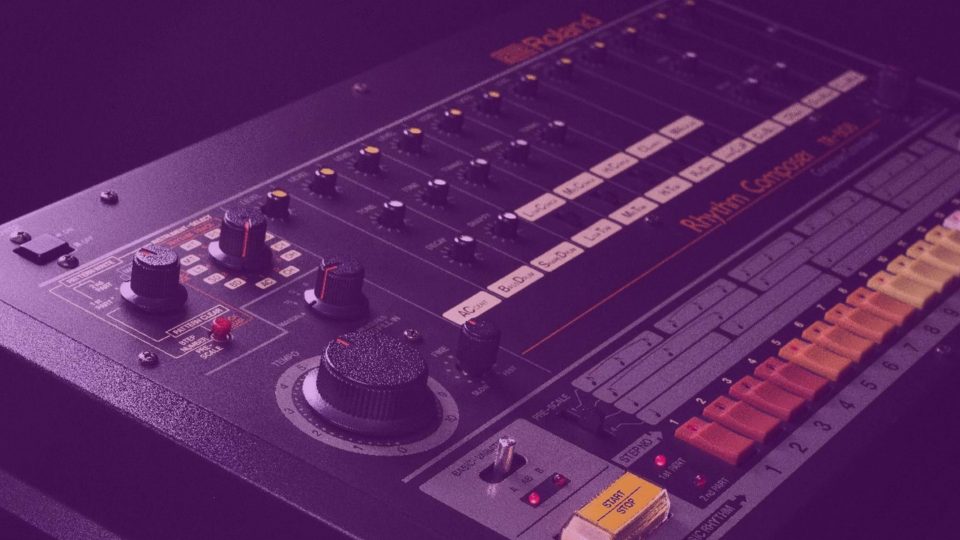How to Make 808’s Sound Great
The wonder that is the 808 originated from Roland’s TR-808 synthesizer. But what we call 808’s today sound much bigger than what the 808 synthesizer gave birth to. With such a popular sound comes a lot of additions over the years, and we’re going to tell you how to convert your 808’s from a lifeless fart into a punching bass sound.
Drill and Trap artists make extensive use of 808 basses. Drill music is pretty much built on them, so you know they have an effect on an audience. Sliding 808’s can add such a dynamic groove to a beat, so let’s talk about how to build a great 808.

First Step, Kick Off With a Great 808 Sample
You can’t make a bad sample sound good, so this is the first and crucial step. Working with bad samples turns the job into an uphill battle when it doesn’t need to be. Start cooking your audio sauce with the right ingredients.
Samples that are both clean and punchy are a must. Harsh harmonics are the enemy, so begin your 808 upgrades with a sample that’s more plain than fun. If your sample library is lacking some punchy 808’s, there’s a diverse array of them on our samples page.
Tune Your 808
808s oscillate to a fixed pitch because they’re repeating signals, making them oscillating frequency bursts.
With this in mind, tune your kick to your desired key before writing them in so you can avoid any issues that will arise from it being out of tune with the rest of your mix.
To manually tune your 808, determine which tones you need from them. If you’re using chords such as G Major, C Major and E Minor, you’d need 808’s to the tune of G, C and E.
Create however many copies of the 808 that reflect the number of different chords that your 808s are going to be working with and tune each 808 to the different keys of different chords. So, in our example, we’d have three copies of the 808 and we’d have one in G, one in C and one in E.
But, with the use of key groups/ multi-sampling in some DAWs, you can map one sample to each and every note on the keyboard. This tunes your 808 to every note on the keyboard, making each note a tuned bass instrument.
This process is much less time consuming than manually tuning individual samples.
Frequency Spectrum
808s operate in the low-end, as you probably know. If you didn’t, now you do.
What we need to be careful of is making sure our bass ranges aren’t overloaded with sub. An overly sub-orientated 808 is a deflated 808, so we should aim to keep our 808 sitting above 40Hz (20Hz to 40hz is the sub-range). The low to mid-bass regions and upper bass region operate between 40Hz and 300Hz, but we don’t want our 808 to dominate too many higher frequency regions.
We want to keep our 808’s operating between 40Hz and 160Hz which are our low bass (40Hz-80Hz) and mid-bass region (80Hz -160Hz).
Cut Out the 808
The next step is to leave the 808 alone and cut what’s around it. Don’t add more low end or distortion just yet.
When they’re playing, the only elements that should be occupying the low-end are the 808’s themselves if you want them to bring the power to your listener. EQ’ing some low-end out of your kick and other bass elements will allow your 808 to steal the spotlight in this way.
If you can’t hear your 808 above anything else, then it’s probably not the fault of the 808. Shape other tracks that reside in the same frequency range as your 808. It’ll pay to automate cuts and then re-bosts on your sub or mid and upper bass tracks to achieve this.
Like we discussed, 808’s shouldn’t really be working in the sub-region. But yours may well be. Remove any excess low end from your 808 and tracks that don’t need it. These could be kicks and bass synths. Get some high pass filtering on the go or subtractive EQ’ing. Removing the sub-range frequencies from elements that don’t need it can dramatically un-muddy your mix. Besides, most speakers can’t reproduce the sub-range anyway.
All of this gives your 808 room to breathe.
Another way to distinguish your 808 basses from any other elements in the low-end of your track is to increase the 808 basses’ attack time. You’ll notice that increasing the attack time allows the “roundness” of the 808 body to flesh out.
Add Distortion
Low to upper bass frequencies are pretty much the entirety of characteristic frequencies of 808s, so they’re more difficult to place in a mix than other sounds. They often sound limp on smaller speakers or headphones (due to their struggle of accurately reproducing lower end frequencies) and only exhibit their full power on bigger speakers if not mixed right.
To counter this problem and make 808s cut through on small speakers such as phone or laptop speakers, we add distortion.
Distortion adds additional harmonics that climb the frequency spectrum at set intervals, meaning smaller speakers can play them back. But don’t aim for the stars here because an 808 will never sound fantastic on tiny speakers. Use car speakers as your guide instead and don’t be heavy-handed with the distortion. Add it subtly until you hit that sweet spot.
Consider the Length of Your 808
If your 808s play out for too long, it’ll run over everything else in its path and interfere with the rhythm of your overall song. That’ll lead to a dreaded muddy low end.
Aim to cut off your 808s before the following kick or downbeat comes into play.
Program your MIDI 808’s cut off so that it’s short enough to avoid dominating other low-end elements. If you have already bounced your 808 to audio then just use volume automation.
Make Your 808 and Kick Work Together
Next up comes tweaking transients.
Say your kick has some really sharp transients. Do you think your 808 needs them too? Or vice versa?
Correct, only one should have sharp transients while one does not. Remove transients from your 808, and the two will become a team. The kick will bring the impact and the 808 sustain tail.
You can use sidechain compression to make this happen. Here’s how:
- Add a compressor to the 808.
- Route the kick into its sidechain input.
- Set the attack to its fastest value, so that every time the kick hits, the 808 turns down momentarily. This will shave the transient off the 808.
- Adjust the release until the 808 returns naturally to full volume after the kick hits.
If you’re looking for a place to instantly find 808’s, look no further.
We at Mixxed work with a growing number of sample labels and contributors to provide you with an affordable sample subscription service that’s more accessible than any before.
You’ll have access to our growing catalogue of thousands of loops, one-shots and sound effects that you can browse, download and keep forever for less than $3 a month.
Sign up today to find your sound!
